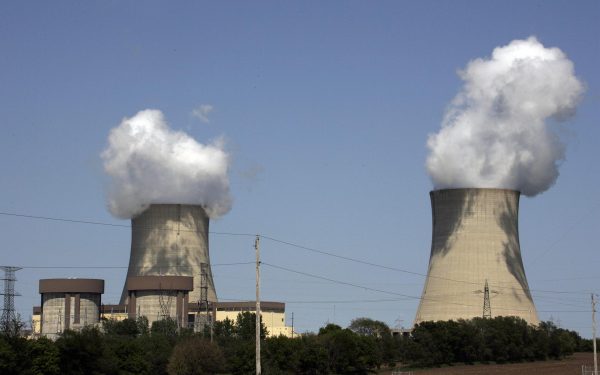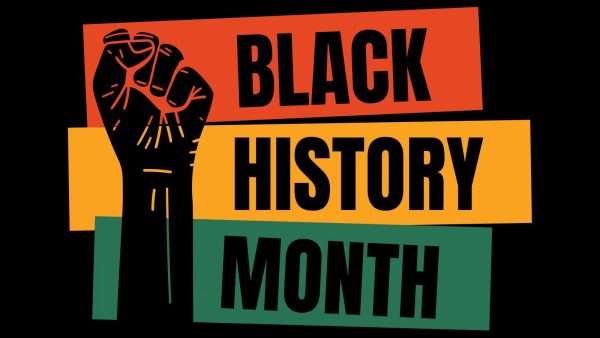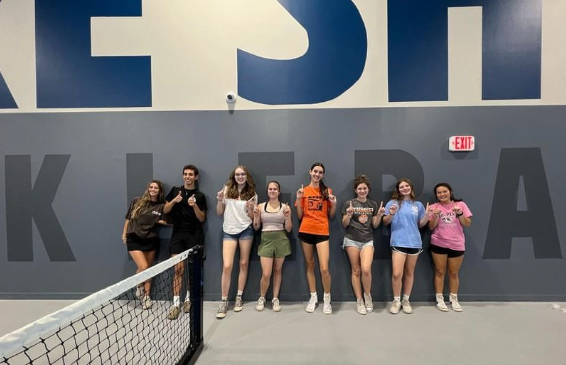Video Rentals: A Check-In in 2018
October 30, 2018
Turn the clock back 15 years: Ronald Reagan had recently passed away, The Incredibles were gracing screens for the first time, and one company had recently reached its peak in employment and location numbers: Blockbuster Video.
Odds were that if you lived in any populated area in the United States, your neighborhood had at least one Blockbuster. Over 9,000 locations in the United States, UK, Germany, Denmark, Brazil and Australia had open doors for anyone interested in renting a VHS or DVD. Which was most people at the time.
Each location had access to the most up-to-date films while also keeping many of the classics in stock. It was rule of thumb that if you wanted to watch a film that wasn’t in your library, Blockbuster was the place to go. At its peak in 2004, with $6.1 billion in annual revenue, an online platform, and a game rental franchise, it truly did seem like Blockbuster was unstoppable.
But to the common man of 1912, it seemed like the Titanic was unsinkable.
After the runaway success of Netflix’s DVD-in-the-mail service, which was ironically created by a Blockbuster customer who disliked his late fee, Blockbuster made the fatal decision to focus entirely on video rental, removing its online, gaming and in-the-mail services. Shortly after, their stock values dropped by half. The unstoppable movie rental chain had effectively rendered itself obsolete, and with Netflix’s introduction of online streaming, Blockbuster Video had put the final nail in its own coffin. By 2013, the net value of the entirety of Blockbuster’s stocks dropped from $4 billion to $200 million, and subsequently, most of their locations closed their doors. From 2010 to 2015, you were more likely to see an abandoned Blockbuster than an open one.
And now, of those former 9,000 locations, only one remains in the United States. Bend, Oregon, holds the very last franchised Blockbuster location in the US, leaving only six left in the entire world (there are, surprisingly, five left in Australia). Headlines were made about the newfound distinction back in June of this year, and efforts have been made in due course to ensure that the location stays open; a Kickstarter documentary on the rental chain is currently in post-production, and a local brewery in Bend has crafted a beer in respect to the last Blockbuster.
But the tale of Blockbuster Video does well to symbolize the state of its parent business- video rental stores are quickly evaporating. As online streaming continues its near-exponential growth, local video stores are quietly disappearing from rural and urban areas alike. In fact, only one video rental chain remains in the United States: Family Video.
How, against all odds, is Family Video still around in 2018? Good business decisions, according to the chain’s owner, Keith Hoogland. Instead of utilizing the Blockbuster method of renting out stores and borrowing DVDs for discounted prices, Family Video purchases their videos in full, and owns the property rights to each and every one of its locations. This practice has effectively allowed for 759 Family Video locations to stay strong in today’s sphere. Not only that, but Hoogland has earned the resources to branch out to other businesses, including a merger with Marco’s Pizza in most Family Video locations, thanks to the success of the rental chain.
Midwest culture also seems to take well to the supposed magic of renting a DVD instead of finding a film online. A customer I talked to when visiting a Family Video location for this article, who wished to keep their identity confidential, said that “there’s nothing like searching movie shelves, finding the most ridiculous box cover you can find, holding it in your hands, and leaving the store with it and some boxes of candy. You can’t get that with Hulu.” The manager agreed with the sentiment.
And while the location I went to was pretty sparse of people other than myself, I couldn’t help but agree too. Finding a copy of The Royal Tenenbaums by Wes Anderson, grabbing a box of Milk Duds, and paying at the front desk for a disk in a plastic case was a far more real experience than just watching the movie on Netflix. Will the video rental industry be able to live off of that experience, the low-humming thrill of holding these materials in your hands? My personal guess is no, but what I can say is that I do recommend it, a lot more than watching a film on your device of choice. Playing the movie on a dusty DVD player I found in my garage was a mix of relaxing, nostalgic, and without a doubt, satisfying. So, the next time you sign into Netflix to watch a favorite film of yours, maybe consider getting the keys and visiting a rental store.








